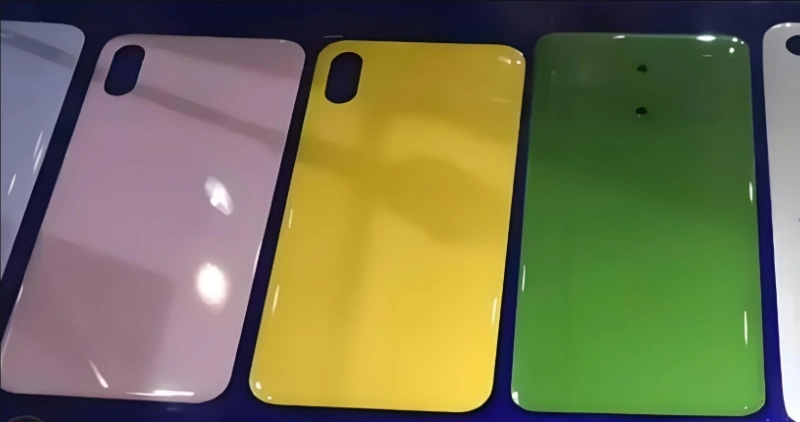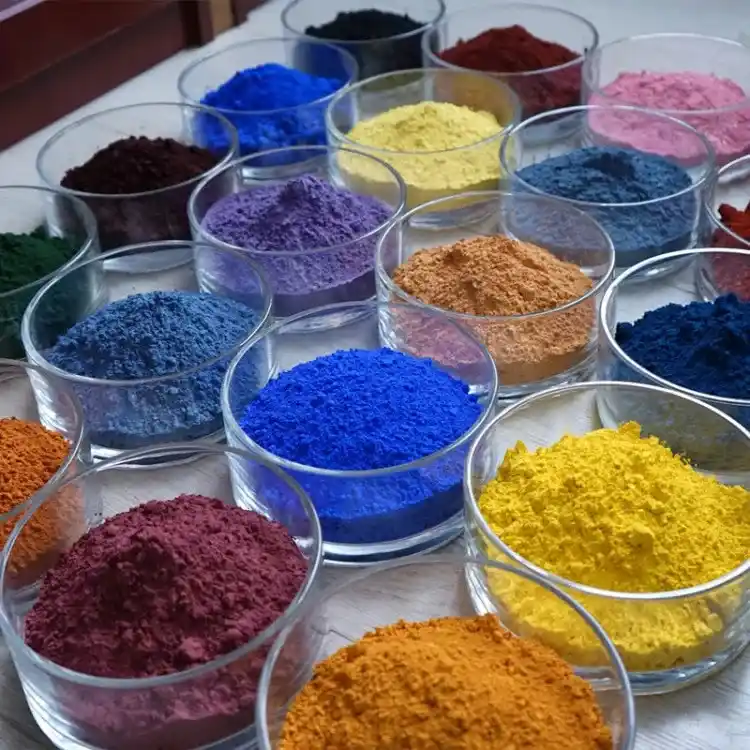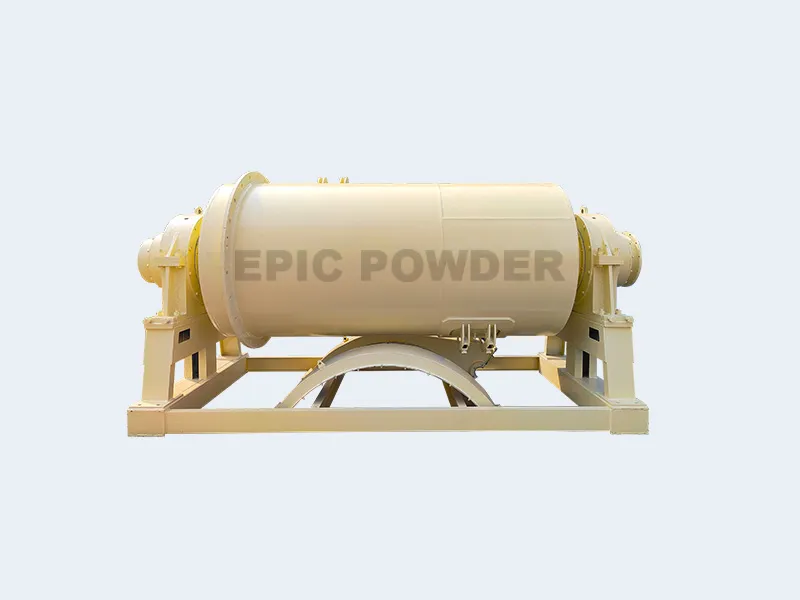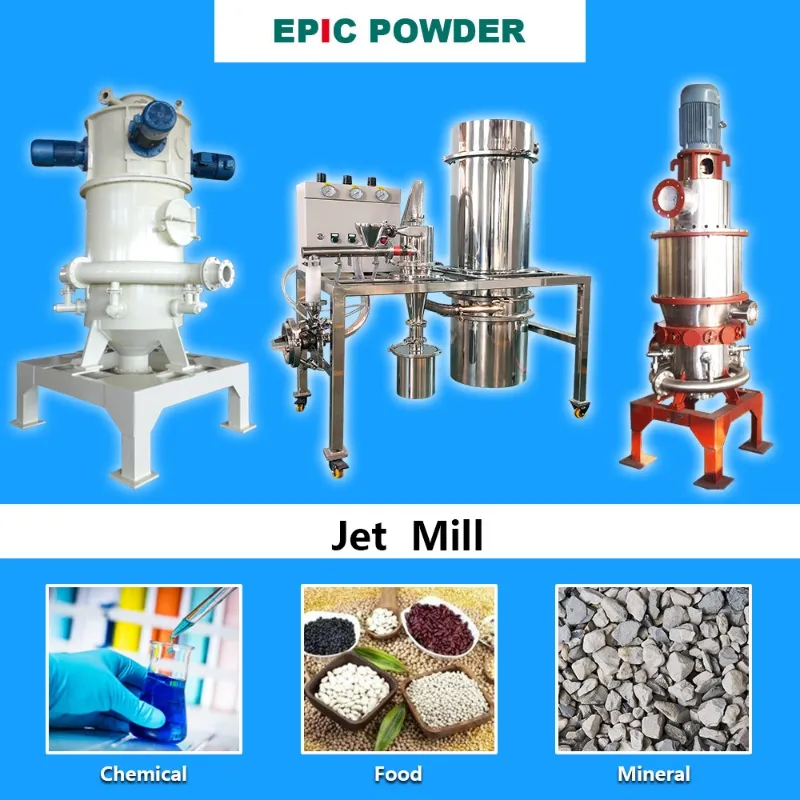With the development of electronic communication and improved living standards, colored zirconia ceramics are used more widely in daily life. They are favored for their biocompatibility, excellent metallic luster, and strong mechanical properties. Applications include dental restorations, jewelry, and mobile smart devices. However, adding color to zirconia is not an easy task.

Preparation of Colored Zirconium Oxide
Currently, the colored zirconia we see on the market mainly presents various colors due to the addition of different rare earth elements, metals, and oxides. The difficulty in preparing colored zirconia lies in the fact that its sintering temperature is typically between 1550°C and 1650°C. At high temperatures, many colorants or coloring agents decompose or evaporate, losing their effectiveness. Therefore, it is challenging to create brightly colored zirconia ceramics by simply adding colorants or dyes. Additionally, the decomposition of colorants can hinder the density of ceramic products, significantly reducing the toughness of the ceramic material and affecting the quality of the final product. As a result, the preparation of colored ceramics and the development of new color varieties are key concerns in the industry. Non-toxic, vibrant-colored ceramics with good mechanical properties have a very broad market application prospect.
The “Key” to Colored Ceramics: Powder Control and Sintering Technology

Powder Quality Control is the Key
The preparation of colored zirconia is essentially to make the colorant evenly distributed in the zirconia matrix. For composite ceramics, especially nanocomposite ceramics, due to the small particle size of the colorant particles and the zirconia matrix, large specific surface area, and large electrostatic attraction and van der Waals force between the particles, the colorant particles and the zirconia matrix particles are prone to agglomeration. This phenomenon not only leads to uneven color of nanocomposite ceramics, but also affects its mechanical properties.
So, how to make the colorant particles disperse evenly in the zirconia matrix and prepare colored zirconia ceramics with excellent mechanical properties and chromaticity? The key lies in whether the agglomeration between powder particles can be overcome. In order to prepare zirconia ceramics with good performance and various colors, it is necessary to find a suitable dispersion method. The commonly used ones are as follows:
Solid Phase Mixing Method

This method is the most widely used method in the industry to prepare colored zirconia ceramics. The oxide particles such as colorants and mineralizers are mixed and ball-milled with stable zirconia nanopowders according to a certain chemical ratio. The solid particle grains are refined in this process. Microcracks, lattice distortion, and increased surface energy occur, which are conducive to low-temperature chemical reactions. It has the advantages of simple process, low cost, convenient operation, and easy industrialization. However, this method cannot overcome the problem of nanoparticle agglomeration.
Chemical Coprecipitation Method
Chemical coprecipitation method: This method uses zirconium salt, stabilizer salt and coloring ion salt solution to mix and react with alkali or carbonate to form hydroxide or carbonate precipitation. Then it is heated and decomposed to obtain zirconium oxide composite powder. This process is relatively complicated, but the obtained powder has high purity and excellent performance. At the same time, when using the chemical precipitation method, one problem that must be paid attention to is the formation of hard agglomerates.
Chemical Coprecipitation Method
This method uses zirconium salt, stabilizer salt and coloring ion salt solution to mix and react with alkali or carbonate to form hydroxide or carbonate precipitation. Then it is heated and decomposed to obtain zirconium oxide composite powder. This process is relatively complicated, but the obtained powder has high purity and excellent performance. At the same time, when using the chemical precipitation method, one problem that must be paid attention to is the formation of hard agglomerates.

Sintering Method
In addition to the different preparation methods affecting the performance of zirconia powder, the sintering method will also affect the performance and color of colored zirconia ceramics. With the cross-disciplinary and technological level, many new sintering methods have emerged in addition to the traditional sintering method:
Discharge Plasma Sintering Method

Scholars have done tests. In the preparation of discharge plasma sintering, the sintering temperature has the greatest impact on the toughness of zirconia ceramics, followed by sintering time. The best sintering temperature is 1400℃ and the best sintering time is 5 minutes. The zirconia ceramics sintered by this method have high hardness and fracture toughness.
Microwave Sintering
Microwave sintering has irreplaceable advantages over traditional sintering methods, which is a holistic heating method. The material converts the absorbed microwave energy into kinetic energy and thermal energy between molecules to achieve the effect of heating the material as a whole. The temperature gradient inside the material is small, so it rarely causes the material to crack due to uneven heating. The physical properties of zirconia prepared by this sintering method are better.
Conclusion
To meet the demand for colored zirconia ceramics with variable colors, stable performance, and eco-friendly processes, researchers worldwide have developed over a dozen types. These colored zirconia not only offer excellent aesthetics but also show great biocompatibility, wear resistance, and mechanical strength. They are suitable for medical, jewelry, and electronic applications. Developers are continually improving preparation processes and exploring new green technologies to reduce resource consumption and environmental impact. EPIC Powder’s equipment, such as ball mills, classifiers, and surface modification devices, provide strong technical support for producing high-performance colored zirconia. As these technologies advance, the market prospects for colored zirconia ceramics in high-end manufacturing will expand, making it a highly favored innovative material.
